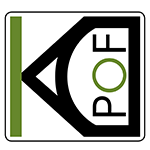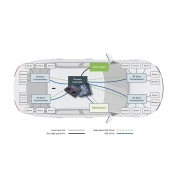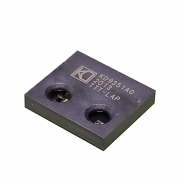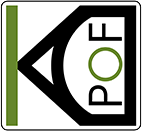Carlos Pardo will give an online presentation about Automotive Optical Multi-gigabit Ethernet at the Automotive Technologies Virtual Conference on May 13, 2021 at 5:30 p.m. EST and on demand. In-Vehicle Network (IVN) requirements are quickly evolving with new challenges like automated driving or electric power trains. The IVN has to support use cases such the vehicle data backbone, smart antennas, ADAS cameras/sensors, and displays or data loggers which demand higher data bandwidth while maintaining the reliability level required by the automotive industry. A new IVN standard is needed for multi-gigabit optical communications.
This optical automotive IVN communication standard, 802.3cz, is currently under development within the IEEE and is supported by several industry-leading companies. The new standard will cover rates up to 50 Gbits/s and support several in-line connectors. The target BER is better than 10-12 with ambient operation temp from -40°C up to +105°C (AEC-Q100 grade 2) in harsh automotive environments. High reliability (15 years operation, less than 10 FIT), and outstanding EMC compliance will also be fulfilled. In his presentation, Carlos Pardo will cover the needed standard, and detail the components needed to make this a reality.
For more information and registration, please visit automotivevirtualconference.com


 KDPOF
KDPOF


